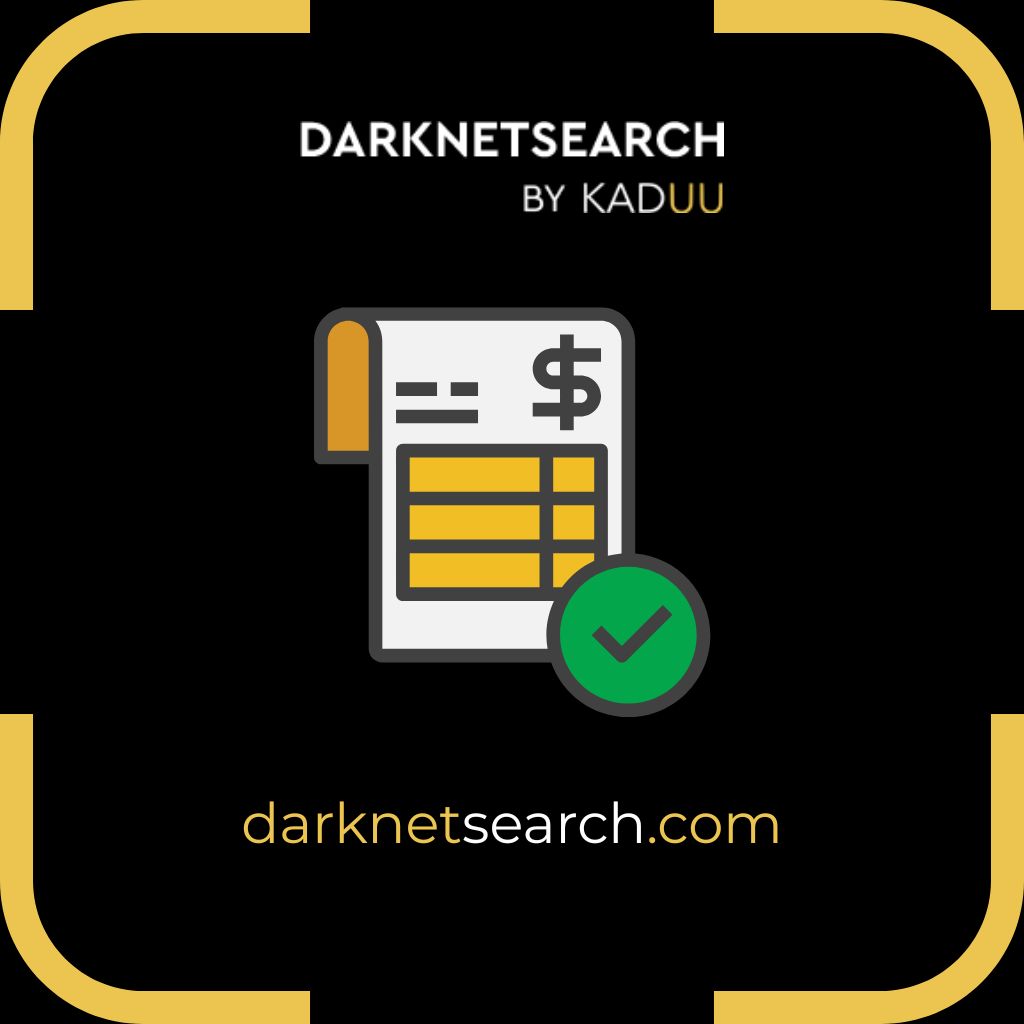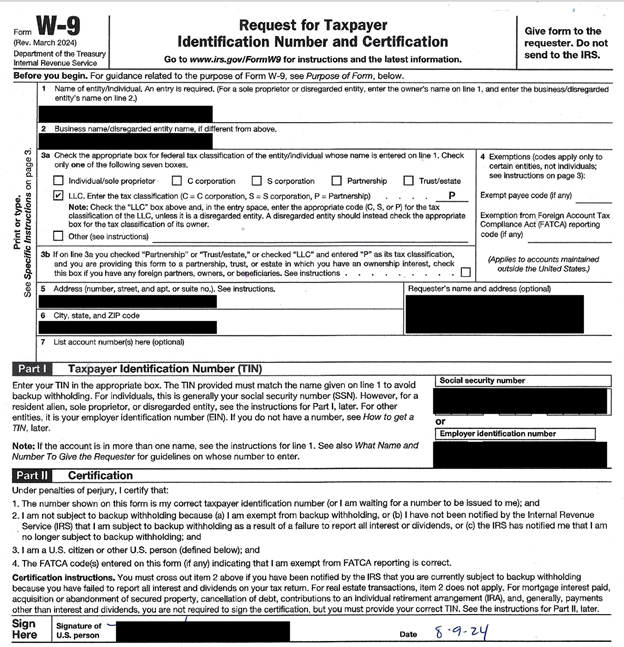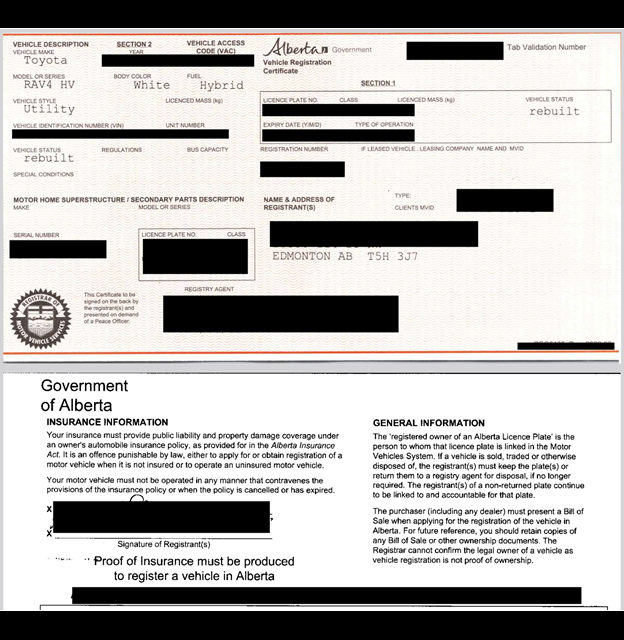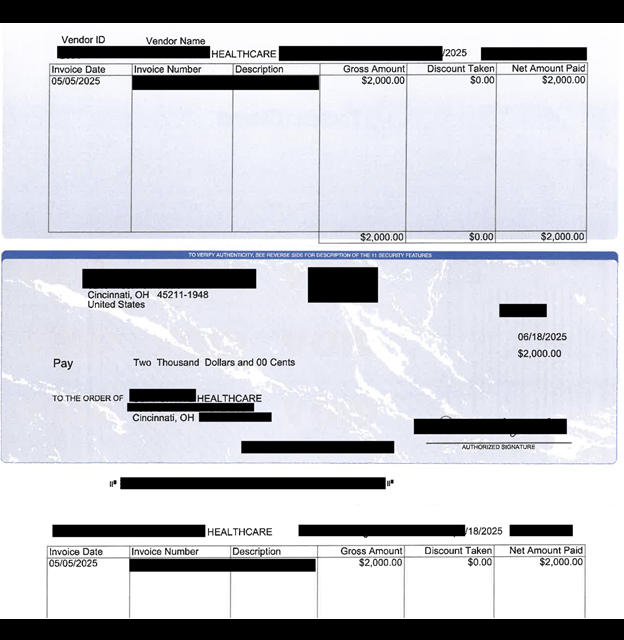Invoicely DB Expose: 180,000 Sensitive Records Revealed in a Major Leak

➤Summary
A Shocking Invoicely DB Expose That Companies Cannot Ignore
The Invoicely DB Expose has sent shockwaves across the digital business community. Recently, cybersecurity researcher Jeremiah Fowler discovered an unsecured database belonging to Invoicely that contained nearly 180,000 sensitive records, revealing personal and financial information of users globally. 💥 This Invoicely database leak exposes 180,000 sensitive records, including invoices, tax forms, and even images of checks—data that could easily be weaponized by cybercriminals. The Kaduu cybersecurity team also confirmed that this dataset surfaced during their routine Dark web monitoring, signaling that fragments of the exposed data might already be circulating across deep web forums. For companies relying on Invoicely for billing, this discovery is a red flag that emphasizes the urgent need for improved data protection strategies.
What Exactly Was Exposed in the Invoicely DB Expose
According to the analysis, the exposed database contained exactly 178,519 files in common formats such as CSV and PDF. 🗂️ These included:
- Client invoices and transaction records
- Various tax forms with confidential information
- Images of issued or received checks
- Banking details from both individuals and businesses
The dataset also contained Personally Identifiable Information (PII) such as names, addresses, phone numbers, and tax identification numbers. Combined, this information paints a complete picture of a victim’s financial identity, making it highly valuable to hackers.
📸 [Sample images from Jeremiah Fowler]




How the Leak Was Discovered 🕵️♂️
Cybersecurity expert Jeremiah Fowler was the first to detect the unsecured Invoicely database. Upon investigation, he found that it was publicly accessible without authentication or encryption—anyone could view or download the files. Around the same time, the Kaduu team encountered fragments of similar data while conducting Dark web monitoring operations on hidden forums. They found traces of invoices and financial documents linked to Invoicely circulating among cybercriminal groups.
This parallel discovery underscores the importance of active surveillance in the cyber underground. Platforms like Darknetsearch.com have become essential tools for detecting leaked information early before it escalates into large-scale exploitation.
Why This Breach Matters for SaaS Platforms
The Invoicely DB Expose serves as a wake-up call for all Software-as-a-Service (SaaS) providers that manage sensitive data. 🌐 SaaS platforms are particularly vulnerable because they rely heavily on cloud-based systems and shared infrastructure.
Common causes of such exposures include:
- Misconfigured cloud storage (e.g., open S3 buckets or unsecured MongoDB instances)
- Lack of encryption at rest or in transit
- Absence of routine security audits
- Human error in managing access credentials
Even one small oversight in configuration can leave a massive database publicly accessible, as seen in the Invoicely incident. This breach shows that security should never be treated as an afterthought—it’s a core responsibility.
Potential Risks of the Invoicely Database Leak 🚨
What can attackers do with this kind of information? Unfortunately, quite a lot. Let’s break it down:
- Identity Theft: With complete personal details and tax numbers, criminals can open fake accounts or file fraudulent tax returns.
- Financial Fraud: Exposed banking data and check images can be used to initiate unauthorized transactions.
- Corporate Espionage: Businesses using Invoicely could have their internal pricing, client lists, or payment histories exposed to competitors.
- Phishing Attacks: Hackers can craft hyper-personalized phishing emails to deceive victims.
- Data Resale on the Dark Web: Once data leaks appear, they often resurface on marketplaces indexed by engines such as Darknetsearch.com, extending the lifespan of the breach.
Expert Insight
In the words of cybersecurity analyst Jeremiah Fowler, “Data exposure incidents like this demonstrate how one small configuration mistake can compromise years of user trust.” His observation perfectly captures the gravity of this situation and highlights the urgent need for businesses to implement continuous cyber threat intelligence and stronger cloud protection measures.
Practical Tip: Data Security Checklist ✅
To prevent similar incidents, companies should implement these essential security practices:
- 🔐 Encrypt all sensitive data (both at rest and in transit).
- 🧩 Apply zero-trust principles—verify every access request.
- 🕵️♀️ Use data leak monitoring tools such as Darknetsearch.com to detect leaks in hidden forums early.
- 🧰 Run regular vulnerability audits and patch misconfigurations promptly.
- 💬 Train employees to recognize phishing and social engineering attempts.
These actions, though simple, can drastically reduce the chances of a breach like the Invoicely DB Expose.
The Legal and Ethical Dimensions of Data Breaches ⚖️
Beyond technical consequences, the Invoicely DB Expose raises serious legal and ethical questions. Depending on where affected users are located, Invoicely could face scrutiny under global data protection laws like GDPR in Europe or CCPA in California. These frameworks require companies to promptly disclose breaches, inform affected individuals, and adopt corrective measures. Failure to comply could lead to heavy fines and irreparable brand damage. For companies handling sensitive data, compliance is not just about avoiding penalties—it’s about building trust. Clients expect their personal and financial details to remain confidential and protected at all times.
The Role of Dark Web Monitoring in Modern Cyber Defense
Modern cyber defense is not complete without leak detection software. 🧠 This process allows organizations to detect when stolen credentials, client lists, or financial data surface in underground markets. By identifying these leaks early, companies can alert affected clients, reset compromised credentials, and take down malicious listings. Integrating monitoring tools and intelligence feeds from services like Darknetsearch.com can give companies real-time visibility into the shadowy world where cybercriminals operate.
Broader Implications for Businesses Everywhere
The Invoicely database leak exposes 180,000 sensitive records, but it also exposes something more critical—the gaps in cloud security culture across industries. Companies often assume that storing data in the cloud automatically ensures protection, but as this breach shows, security configurations are a shared responsibility. To stay safe, businesses should:
- Perform third-party security assessments.
- Implement multi-factor authentication for all administrative accounts.
- Keep a centralized incident response plan ready for rapid deployment.
The goal is to minimize exposure, detect threats early, and respond before damage occurs.
Frequently Asked Question ❓
How can companies know if their data is circulating on the dark web?
Companies can subscribe to data breach intelligence services that continuously scan underground marketplaces and hacker forums. These tools, like those used by Kaduu and platforms such as Darknetsearch.com, alert organizations whenever their domains, employee credentials, or customer data appear online.
What Companies Can Learn from the Invoicely DB Expose 📊
The biggest lesson is simple: transparency and vigilance build trust. Companies that act swiftly—securing exposed data, notifying users, and enhancing defenses—can rebuild credibility faster. Delaying response or hiding details only worsens the long-term impact. To future-proof their infrastructure, organizations must adopt continuous security practices, embrace data minimization, and apply real-time threat intelligence integration.
Conclusion: Act Before It’s Too Late ⚠️
The Invoicely DB Expose highlights an alarming reality—no company is too small or too sophisticated to suffer a breach. Cybercriminals target any system that shows weakness, and the damage extends far beyond financial loss—it affects trust, reputation, and customer loyalty. Businesses must strengthen their cloud infrastructure, audit their configurations, and leverage tools for real-time threat monitoring to identify leaks early. Cybersecurity is an ongoing commitment, not a one-time fix.
💡 Discover much more in our complete guide
🚀 Request a demo NOW
Your data might already be exposed. Most companies find out too late. Let ’s change that. Trusted by 100+ security teams.
🚀Ask for a demo NOW →Q: What is dark web monitoring?
A: Dark web monitoring is the process of tracking your organization’s data on hidden networks to detect leaked or stolen information such as passwords, credentials, or sensitive files shared by cybercriminals.
Q: How does dark web monitoring work?
A: Dark web monitoring works by scanning hidden sites and forums in real time to detect mentions of your data, credentials, or company information before cybercriminals can exploit them.
Q: Why use dark web monitoring?
A: Because it alerts you early when your data appears on the dark web, helping prevent breaches, fraud, and reputational damage before they escalate.
Q: Who needs dark web monitoring services?
A: MSSP and any organization that handles sensitive data, valuable assets, or customer information from small businesses to large enterprises benefits from dark web monitoring.
Q: What does it mean if your information is on the dark web?
A: It means your personal or company data has been exposed or stolen and could be used for fraud, identity theft, or unauthorized access immediate action is needed to protect yourself.
